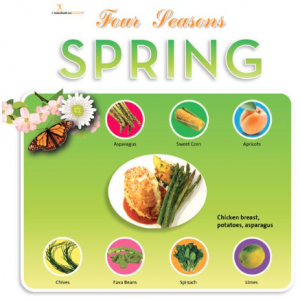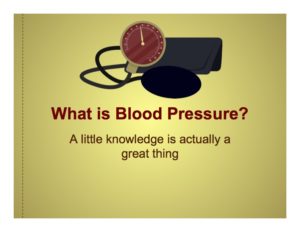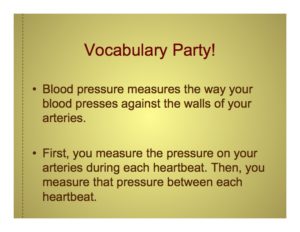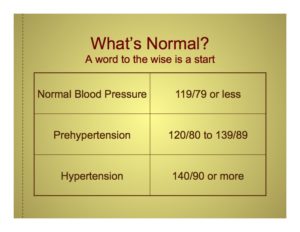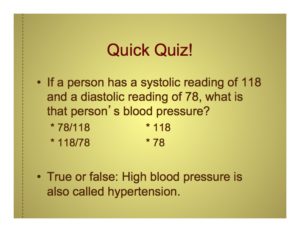May is National Salsa Month! Have some fun promoting this fresh, healthy food that’s versatile, easy to make, and loved by kids and adults.
Our Salsa Wellness Fair Kit has everything you need to celebrate Salsa Month in the office, cafeteria, classroom, farmer’s market, or other location:
- Poster: Dance with Your Veggies They are Great at the Salsa
- Mylar balloons: happy cartoon green pepper, tomato, and carrot
- Copy-ready handouts
- Guide for wellness fair setup and activities
- Instructions for making an eye-catching salsa bulletin board
Here are some other ways to celebrate salsa any time of year:
- Hold a virtual or in-person cooking demo showing how to prepare several types of salsa
- Invite social media friends and followers to make their favorite salsa and post a picture
- Challenge your students to create their own salsa using a special ingredient, like pineapple, beans, or avocado
- Talk about ways to increase the heat by using different peppers
- Ask a salsa dance teacher to come in to teach some moves
- Remind everyone that salsa goes with more than just chips – explore fresh veggies to dip into salsa as well as entrees and side dishes that are enhanced by salsa
- Make a salsa bulletin board with recipes people can take with them
And don’t forget the salsa music! Make a playlist and use your phone, laptop, or iPad.
By Hollis Bass, MEd, RD, LD



